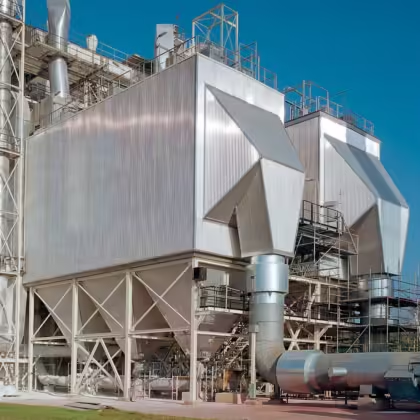Ventilation system
A ventilation system circulates air to maintain air quality, remove moisture, and regulate temperature. It can be natural (using windows or vents), mechanical (using fans), or a balanced system (bringing in and removing equal amounts of air
A ventilation system is designed to circulate air within a building to maintain air quality, regulate temperature, and remove excess moisture, odors, or pollutants. It works by either introducing fresh air from outside or recirculating the air from within the space. There are a few common types of ventilation systems:
Natural Ventilation: Relies on natural forces like wind and temperature differences to move air through openings like windows, vents, or skylights.
Mechanical Ventilation: Uses fans or air-handling units to force air into or out of the building. This type can be more controlled and consistent compared to natural ventilation.
Balanced Ventilation: This type brings in an equal amount of fresh air while expelling an equal amount of indoor air, helping to maintain a stable indoor environment. This often includes heat or energy recovery features to minimize energy loss.
Exhaust Ventilation: Primarily removes air from a space, creating a vacuum effect that pulls in fresh air from other parts of the building.















